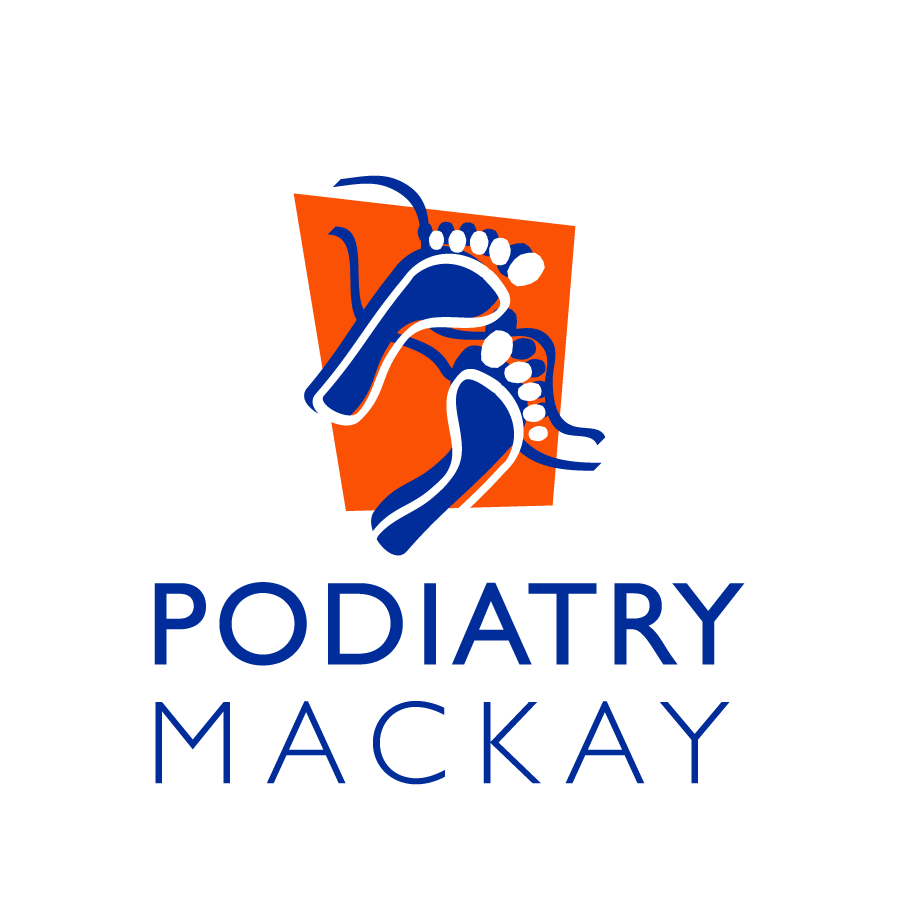Muscle Strain
What is it?
A muscle strain occurs because of damage or over stretching of a muscle. In order to fully understand a muscle strain, it is helpful to understand what makes up a muscle. A muscle is covered in an outer lining or sheath. Inside the sheath are several bundles of muscle fibres which are again surrounded by an inner sheath. These muscle fibres can be broken down even further microscopically. As a muscle contracts these microscopic filaments link and slide together. When a muscle lengthens or shortness these filaments will slide apart. Therefore, it becomes a co-ordinated movement, principally from the brain, causing movement of a joint in one direction while lengthening and in the opposite direction as it shortens. Muscle strains most of the time happen during an eccentric muscle contraction (lengthening of a muscle) as this type of contraction controls or regulates movements of joints. Muscle strains generally are more common in sprinters or athletes who accelerate quickly from a stationary position. The muscle becomes overloaded and reaches a point where the sliding filaments cannot withstand the velocity of movement and a tear or partial tear will occur.
Grading System
Grade 1
No tissue tear, no loss of function or strength – Low grade inflammation
Grade 2
Mild tissue damage, strength of muscle is reduced, some function
Grade 3
Complete tear of muscle and muscle-tendon unit, complete loss of function
Symptoms:
Pain
Swelling
Muscle spasms
Limited ability to move the muscle
Tenderness
Stiffness
How is it diagnosed?
A thorough clinical examination will most commonly diagnose muscle strain. Depending on severity of symptoms, you may be referred for an ultrasound +/- MRI to determine the extent of the degeneration and to make sure there aren’t any tears in the muscle.
Treatment Protocol:
Rest, ice, compression
Padding/strapping
Address biomechanical insufficiencies
Footwear advice and custom insoles
Immobilisation
Stretching and strengthening programs
Anti-inflammatories
Surgery
Prognosis:
Largely dependent on the grade.
For stage 1and 2 injuries, the prognosis is good providing absolute compliance by the individual.
Referral to a surgeon for stage 3 strain is recommended
